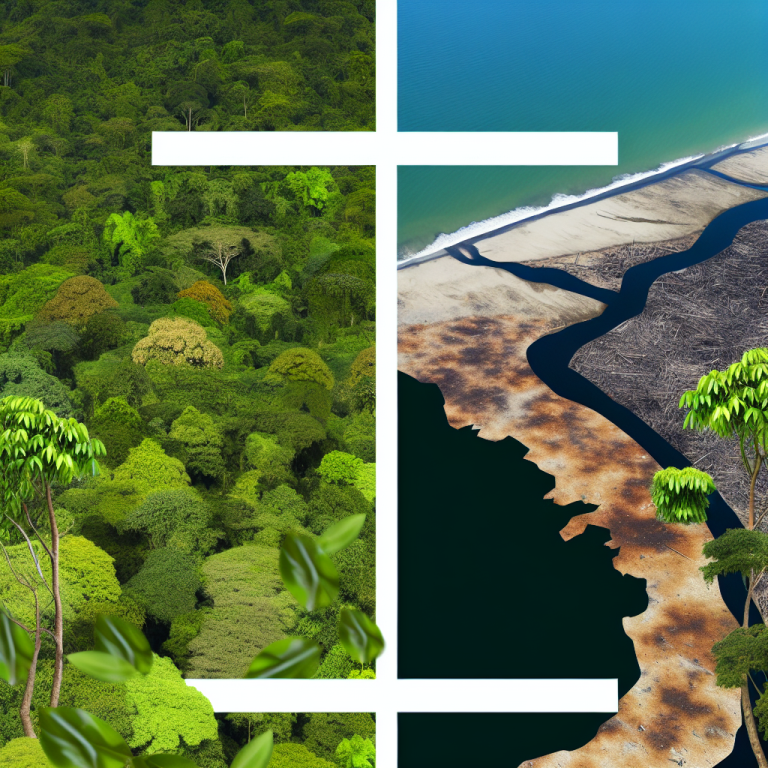The Amazon forest system is facing a critical juncture that could lead to a drastic collapse, causing widespread alarm worldwide. Throughout its 65 million year history, the Amazonian forests have shown remarkable resilience to climatic changes. However, the region is now under unprecedented stress due to factors such as rising temperatures, severe droughts, deforestation, and fires in remote areas.
The traditional feedback loops in the forest’s ecosystem are being replaced by new mechanisms that affect its resilience, raising concerns about a potential critical transition. Researchers have identified five major drivers of water stress in the Amazonian forests and have highlighted the possibility of these drivers reaching critical thresholds that could trigger a cascade of events leading to widespread forest collapse at a local or regional level.
By analyzing spatial data on various disturbances, researchers have predicted that between 10% to 47% of the Amazonian forests could be exposed to compounding stressors by 2050, potentially leading to unforeseen ecosystem changes that could worsen regional climate patterns. Based on the study of disturbed forests in the Amazon, three plausible trajectories have been identified, each involving different feedback mechanisms affected by environmental conditions.
The complexity of the Amazon forest system adds uncertainty to future dynamics, underscoring the need for action to maintain its resilience. Protecting the Amazon forest in the Anthropocene era will require a combination of local initiatives to halt deforestation and degradation, as well as global efforts to reduce greenhouse gas emissions.
The Amazon forest, a complex interconnected system spanning species, ecosystems, and human cultures, plays a vital role in the well-being of people around the world. With more than 10% of the Earth’s terrestrial biodiversity, the Amazon stores a substantial amount of carbon, contributing to global climate stability through its cooling effect and rainfall generation. The forest also supports economic activities in regions that would otherwise be barren, such as the Pantanal wetlands and the La Plata river basin.
However, projections indicate that large portions of the Amazon forest are at risk of mass mortality events due to climate and land use-related disturbances in the coming years. This could further exacerbate climate change through the release of carbon feedbacks into the atmosphere, leading to irreversible loss of biodiversity and cultural values.
The Amazon is home to over 40 million people, including 2.2 million Indigenous individuals from more than 300 ethnicities, whose livelihoods and traditions are tied to the health of the forest. The potential collapse of the Amazon forest poses a significant threat to these communities and their valuable knowledge systems which inspire societies globally.
Understanding the risk of catastrophic behavior in the Amazon forest system requires addressing the complex factors that shape its resilience. Researchers are exploring whether a large-scale collapse could occur within the 21st century, and if so, what tipping point might trigger such an event. By examining paleorecords, observational data, and modeling studies, researchers hope to identify potential thresholds and feedbacks that could push the Amazon forest towards a tipping point. Additionally, a framework inspired by planetary boundaries is being used to delineate climatic and land use boundaries that could determine a safe operating space for the Amazon forest system in the Anthropocene epoch.




